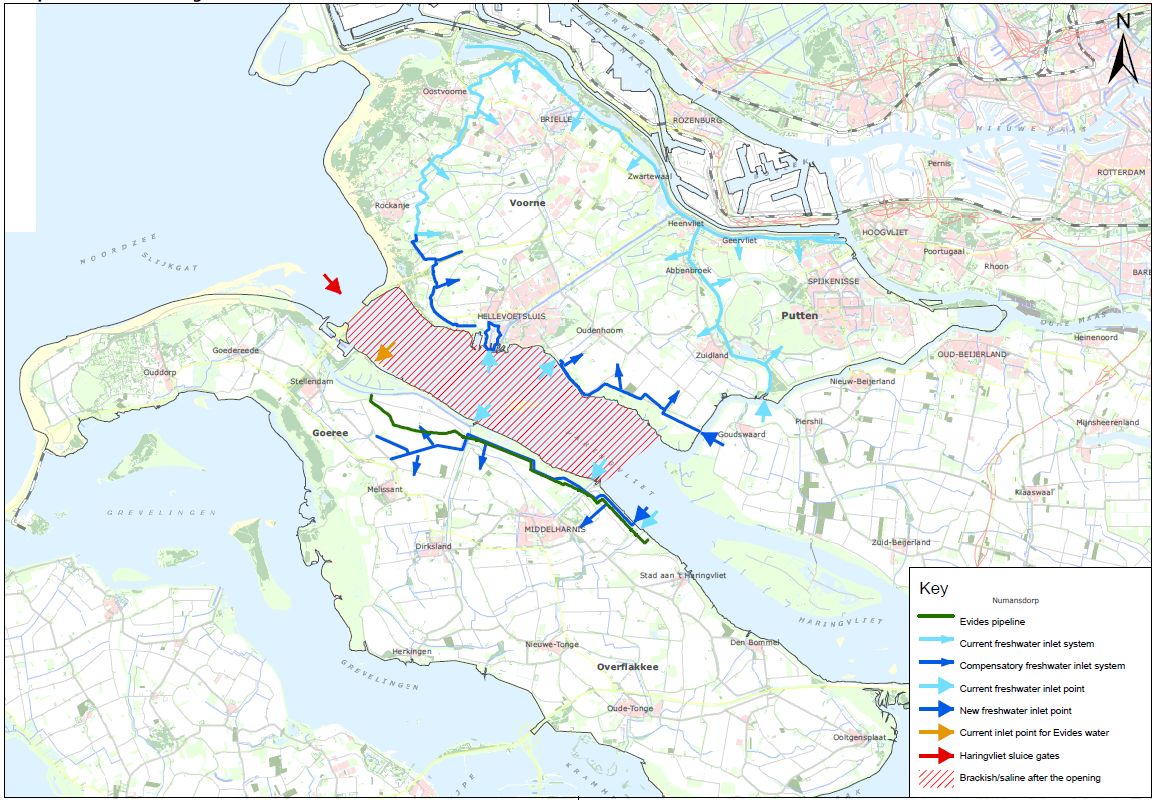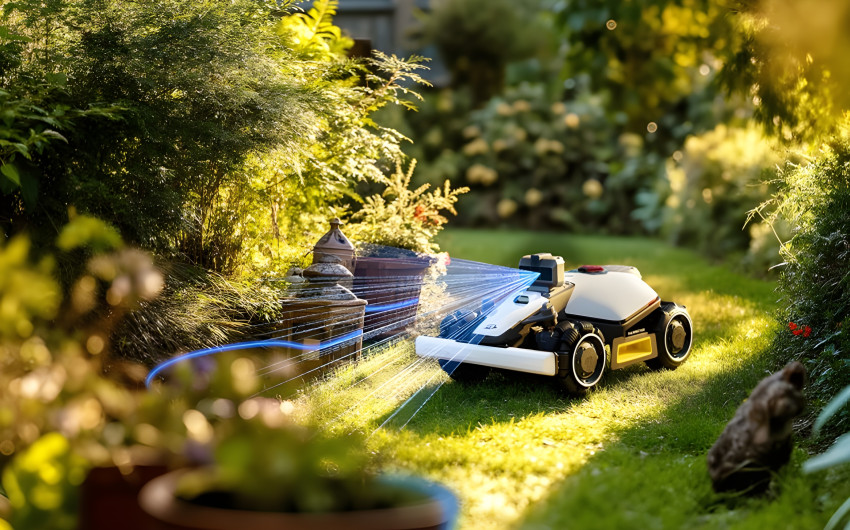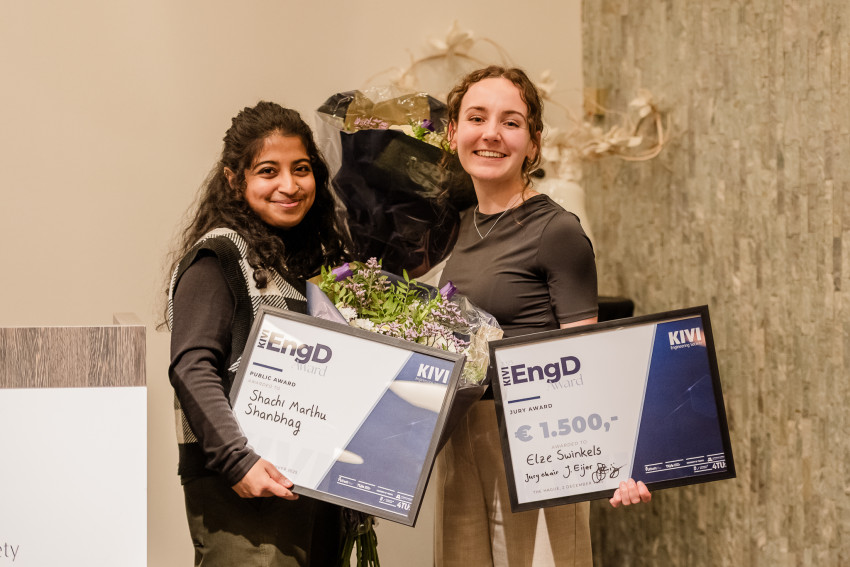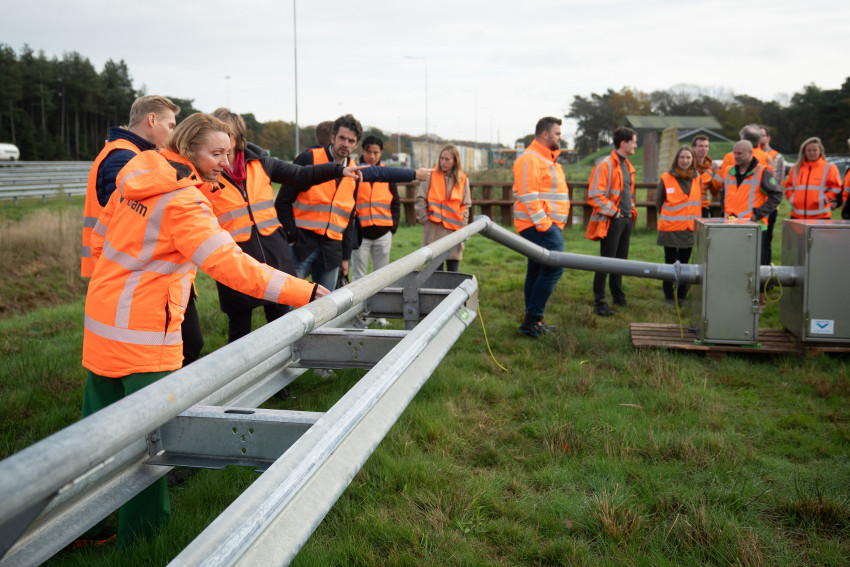
Haringvliet sluice gates can now be left ajar
As of today, the Haringvliet sluice gates can be left ajar: they will stay open as long as the water level in the Haringvliet is lower than the sea level offshore. And so migratory fish such as salmon and sea trout can make their way more easily back to their spawning grounds upstream in the Rhine and Meuse rivers.
There is, however, one very strict condition: there must be a sufficient supply of fresh river water, as the saline seawater must never penetrate further than the Middelharnis-Spui line. This means that the sluice gates remain closed at the moment, with a view to the low river water levels.
The decision to keep the sluice gates ajar was aimed at making it possible for migratory fish such as salmon and sea trout to swim back to their spawning grounds further upstream in the Rhine and Meuse, and in tributaries such as the Moselle and Main. That had not been possible since the completion of the Haringvliet sluice barrier in 1970.
Only the front door was still locked
Barriers had also been formed by sluice systems elsewhere within this basin. However, over the past 10 years, great efforts have been made to facilitate the passage of fish. The 'front door' in the Haringvliet was the last to be opened.
Implementation of the decision to open the sluices, the 'Kier' Order of 2013, has been delayed so long due to compensating measures being required for farmers, for the supply of freshwater to the land around this part of the Haringvliet. Inlet points have been moved for that purpose. Ever since completion of the Delta works, agriculture in the south-west Netherlands has been based on the freshwater supply.

The opening is, however, not so large that the influence of high and low tides will be felt: the river water is still the reference level. At high discharge levels, the opening is a fifth of the maximum, which discharges river water to the sea at low tide.
More frequent opening
In an essay, Bas Roels of the Dutch branch of the World Wilde Fund for Nature, Ties Rijcken of the Flows web platform, and Wim Braakhekke and Alphons van Winden of the agency Stroming voor natuur- en landschapsontwikkeling (Flow for nature and landscape development), jointly advocate more frequent opening. They foresee that the sluice gates will still remain closed for around 100 days a year, due to the agreements regarding the penetration of saline water. An advantage of more frequent opening is that this would greatly enhance the ecological diversity of the upstream rivers.
A consequence of more frequent opening is that saline water will flow further land inward. According to the essay, this can be partially compensated by using part of the river water currently flowing through the Nieuwe Waterweg to the sea, for the purpose of the Haringvliet.
Extra freshwater
This 'flushing' of the Nieuwe Waterweg is currently necessary in order to curb the saline water, preventing it from penetrating as far as the Gouda water inlet. The latter provides the horticultural sector in that area with freshwater.
There is an alternative for the water inlet at Gouda, namely water from the Lek River and the Amsterdam-Rhine Canal. This was also used during this summer's drought for example, and is equally suitable for structural application, according to the essay.
The water inlet points around the Zuid-Holland islands could be moved further upstream. This would require an investment of a few hundred million euros.
Refined closure regime
The authors also advocate that the closure regime not only be determined on the basis of the flow of Rhine water at Lobith, but to refine this on the basis of the situation throughout the river basin. The water levels elsewhere in the Rhine and Meuse should also be taken into account. After all, the flow at Lobith may be limited, even though there is a great deal of rainwater further upstream. This is attractive for the migratory fish, but the Haringvliet sluice gates would remain closed due to the low Lobith reference level. The authors would like to see a different approach, as the freshwater supply chain has sufficient buffers to cope with a little extra saline water behind the Haringvliet.
If you found this article interesting, subscribe for free to our weekly newsletter!







